Larder Beetles
The larder beetle prefers to feed on decomposing animals, rodents, insects and other non-plant materials larder beetles are also known to infest other food sources like dry dog food, cat food, and bird feed. Grease from cooking can also attract larder beetles. They are commonly found where rat or mouse baits have been used to control a rodent problem feeding on the rodent carcasses.
Another common cause for larder beetle infestations is dead insects in wall voids like cluster flies, bees, or Asian beetles. Adult larder beetles are about 3/8 inch long black with a brown stripe across the middle.
Inspection
A thorough inspection should be performed looking for the source of the infestation including decomposing animals, rodents, insects, pet foods, bird seeds, cooking grease.
Treatment/Control
Applications of an insecticide should be made to cracks and crevices where insects are hiding and crawling. A barrier treatment around the homes foundation can be made to prevent more larder beetles from entering the home. Frequent vacuuming of furniture below furniture and of carpeted areas will aid in treatments. Immediately remove vacuum bags to an outside dumpster. The use of glue board traps can also aid in treatment and detect infestations early on.
Prevention
Sanitation inside and out can prevent larder beetle infestations. Keep pet food areas clean discard of old pet foods and bird seed. Remove dead insects or animals. Check screens on windows and doors and the weather stripping and thresholds on windows, doors, and garages. Seal any and all cracks along the buildings foundation.
Powder Post Beetles
Inspection
Powder post beetles are rarely seen. Homeowners become aware of the infestation because of wood damage. The most common evidence of a powder post beetle infestation are the small exit holes left by an adult powder post beetle exiting the wood and the powdery wood they leave behind called frass. The exit holes powder post beetles produce are .03 to .13 inches in diameter.
Treatment
Complete ground controls approach to powder post beetle infestations utilizes surface treatments or injection treatments with boron based insecticides. These treatments eliminate infestations and have long lasting residual affects preventing future infestations.
Prevention
In lumber powder post beetles should be eliminated during the kiln drying process. When using lumber for home construction use kiln dried lumber and check for signs of infestation. These infestations can occur when treated or untreated lumber are improperly stored. Bare wood can be protected by painting, varnishing, or finishing exposed surfaces. When lumber with exit holes are present these holes should be sealed eliminating sources for re-infestation.
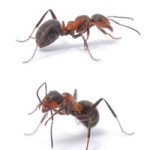 Ants
Ants Asian Beetles
Asian Beetles Bats
Bats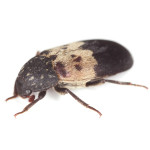 Beetles
Beetles Box Elder Bugs
Box Elder Bugs Centipedes
Centipedes Cockroaches
Cockroaches Fleas
Fleas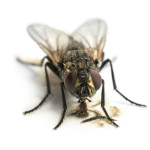 Flies
Flies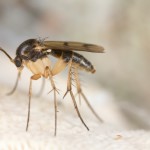 Gnats
Gnats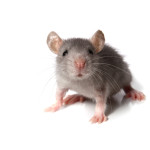 Mice
Mice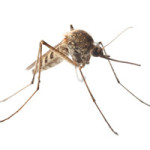 Mosquitoes
Mosquitoes Raccoons
Raccoons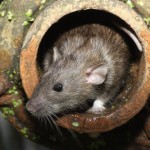 Rats
Rats Skunks
Skunks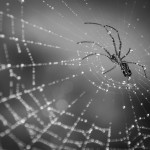 Spiders
Spiders Squirrels
Squirrels Wasps and Hornets
Wasps and Hornets